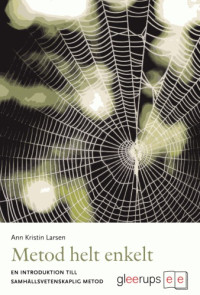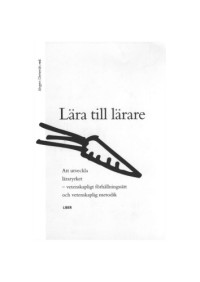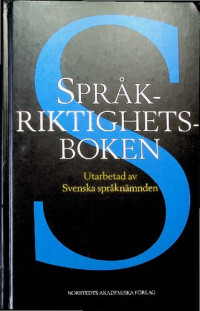
SL-Access idag och imorgon: En användarinriktad studie om mänsklig interaktion med ett vitalt samhällssystem
Mattias Lidén
The public transport of Stockholm, managed by SL, must work properly due to many people relying on its service to survive. One important condition for the public transport to work properly is a ticketing system that supplies the company with income and the travellers with the correct ticket for their journeys. Recently SL launched a new digital smartcard ticketing system that was design to be a copy to its previous analogue system. However the lookalike, the new system seem to have brought some confusion amongst its travelling users, whilst the previous did not. The purpose of this report is to examine the origin of this confusion by looking at the information flow sent from the system to the travelling users in a ticket buying situation to see if there is anything in particular that SL can do to help clarifying the system for its customers.
The study will show that even though the system is designed as a replica, there are some important differences between the systems. While the previous system fulfils the demands of usability in EN-ISO 9241-110 and the widely used Nielsen heuristics, the new systems Reskassa does not. The cause can be traced to the shift of where the selection of tickets is performed, the removal of the tickets themselves as an information channel and weakened error preventions. Previously the user told the system where to go and the system provided the user with a correct ticket. In the new system the user must tell the system which ticket is the correct one for the intended journeys. This shift of responsibility has been made without changing the information given from the system through its basic channels; the staff and the machinery. By making the tickets digitally stored without adapting the information flow to the new needs has created a system that doesn’t provide the user with its needed information when buying tickets and thus making the system difficult and prone to errors. There are however several strategies available to improve the systems information flow and to transform the system to a user-aiding design.
The study will show that even though the system is designed as a replica, there are some important differences between the systems. While the previous system fulfils the demands of usability in EN-ISO 9241-110 and the widely used Nielsen heuristics, the new systems Reskassa does not. The cause can be traced to the shift of where the selection of tickets is performed, the removal of the tickets themselves as an information channel and weakened error preventions. Previously the user told the system where to go and the system provided the user with a correct ticket. In the new system the user must tell the system which ticket is the correct one for the intended journeys. This shift of responsibility has been made without changing the information given from the system through its basic channels; the staff and the machinery. By making the tickets digitally stored without adapting the information flow to the new needs has created a system that doesn’t provide the user with its needed information when buying tickets and thus making the system difficult and prone to errors. There are however several strategies available to improve the systems information flow and to transform the system to a user-aiding design.
年:
2015
出版商:
Stockholms universitet / KTH
語言:
swedish
頁數:
123
ISBN 10:
2200039999
ISBN 13:
9782200039998
文件:
PDF, 2.11 MB
IPFS:
,
swedish, 2015
 Amazon
Amazon  Barnes & Noble
Barnes & Noble  Bookshop.org
Bookshop.org  轉換文件
轉換文件 更多的搜索結果
更多的搜索結果 其他特權
其他特權 










